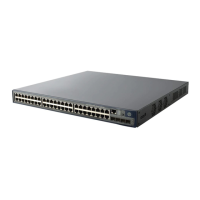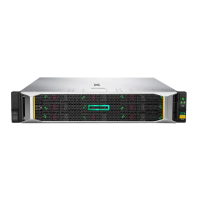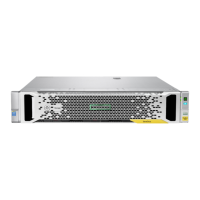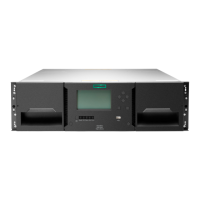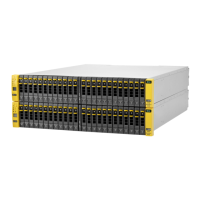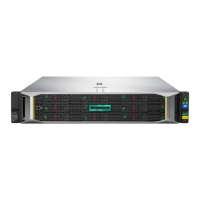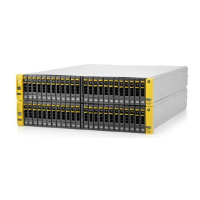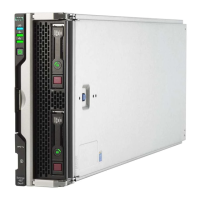HPE StoreVirtual Multi-Site SAN design
The Multi-Site SAN feature is available for iSCSI environments. The Multi-Site SAN enables you to mirror
data synchronously between logical or physical sites automatically. You create a Multi-Site SAN by
configuring equal numbers of storage systems to create isolated failure domains. You create a Multi-Site
SAN by configuring equal numbers of storage controllers into sites.
Sites for a Multi-Site SAN can be geographically disparate, such as a primary data site and a backup site
in another building or on another campus. Sites can exist within the same building on different floors or in
different labs on the same floor. Sites can be two different racks in the same server room or even two
groups of storage systems in the same rack.
Multi-Site SAN features
Multi-Site allows storage controllers to be divided evenly between different sites.
Multi-Site is supported with StoreVirtual OS 13.5 and later.
The Multi-Site SAN feature enables:
• Multi-Site clusters that span two sites for synchronous data replication.
• Geographical awareness, by designating storage systems as members of a particular site.
• Synchronously replicated (mirrored) data between sites, based on volume data protection level.
• Site information that ensures that data is mirrored between sites for high availability and disaster
recovery.
• I/O path optimization by assigning application servers to connect to storage systems located in the
same site (site preferencing), causing local reads with only replicated writes between sites.
• Failover Manager support for automatic failover/failback in a two-site configuration without requiring a
physical storage system in a third site.
• Failover Manager for quorum management if the network connection between two sites becomes
unavailable.
• Failure protection through data replication, site design, and quorum managers. A Multi-Site SAN can
protect against data center failures (power or network outages or a natural disaster) and individual
storage system failures (power or network outages, a system disaster, or a system component failure).
For operation information, see the HPE StoreVirtual Management Console User Guide.
Design considerations for a Multi-Site SAN
• Network design—Good network design is a critical part of configuring a Multi-Site SAN to ensure
reliability, high availability, and performance. Typical Multi-Site SAN configurations comprise two sites
for StoreVirtual 3200 storage and support multiple network designs.
• Data replication level—To protect the data across sites, you must choose a data protection level. The
data protection level must have a number of mirrors that is equal to the number of sites in the
configuration. For example, two site configurations require volumes to use Network RAID 10 to survive
a single site failure.
• Managers and quorum—You must also correctly configure the SAN managers for quorum to ensure
that if a failure occurs the system can be properly recovered. Maintaining quorum can be either an
32 HPE StoreVirtual Multi-Site SAN design
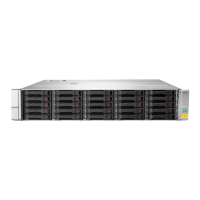
